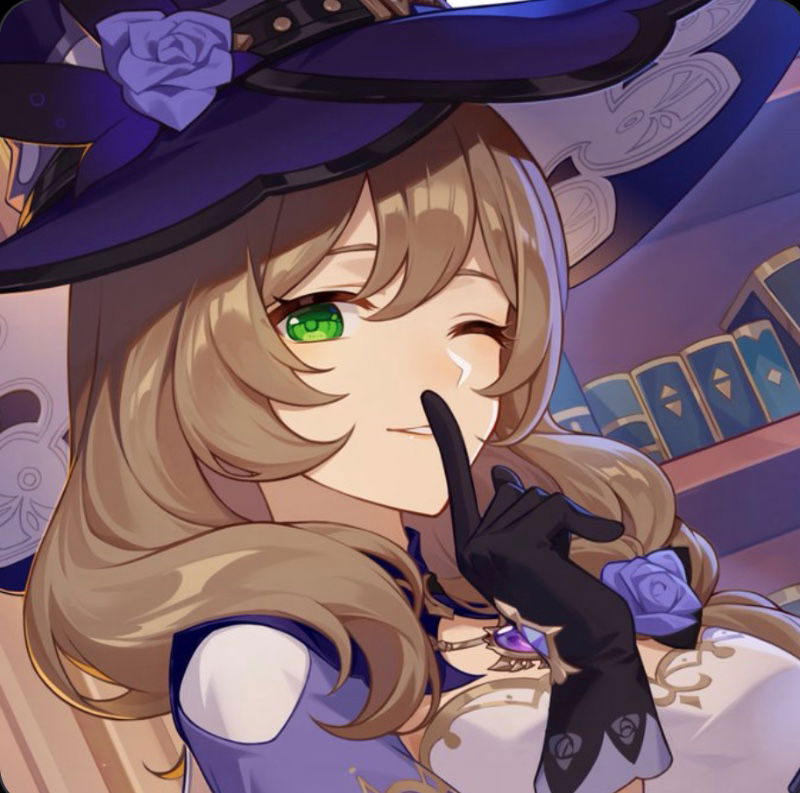Let's break down the process of drawing a full-body male anime character. We'll start with a basic structure and gradually add detail.
1. The Gesture and Basic Skeleton
Begin with a loose gesture drawing. This is about capturing the flow and energy of the pose. Don't worry about perfect anatomy at this stage. Think of a simple line of action.
- Line of Action: A single curved line that represents the primary movement or direction of the pose.
- Basic Skeleton: Once the gesture is established, lightly sketch a simplified skeleton using basic shapes:
- Head: An oval or sphere.
- Torso: A box or a more refined V-shape.
- Limbs: Simple lines indicating the length and direction of the bones, with circles for joints.
2. Blocking in Major Forms
Now, build upon the skeleton by blocking in the major forms of the body using simple geometric shapes.
- Torso: Refine the torso shape, considering the ribcage and pelvis. Add a line for the sternum and the iliac crests to help define the waist and hips.
- Limbs: Use cylinders or slightly tapered cylinders for the upper and lower arms and legs. Pay attention to the tapering from the shoulder to the elbow and the knee to the ankle.
- Neck: A short, thick cylinder connecting the head to the torso.
3. Refining the Anatomy and Adding Volume
This is where the character starts to take shape. Refine the forms, adding muscle mass and defining the anatomy.
- Shoulders: Broaden the shoulders, indicating the deltoids.
- Chest: Add the pectoral muscles, connecting them to the sternum and shoulders.
- Abdomen: Define the abdominal muscles, keeping in mind the underlying structure.
- Arms: Shape the biceps, triceps, and forearms. Indicate the elbows.
- Legs: Define the quadriceps, hamstrings, and calves. Indicate the knees.
- Hands and Feet: These can be simplified initially. For hands, think of a basic box shape for the palm and cylinders for the fingers. For feet, a wedge or triangular shape works well.
4. Defining the Head and Face
The head is crucial for conveying personality.
- Head Shape: Anime heads are often slightly more rounded or angular than real heads, depending on the style.
- Facial Guidelines: Use guidelines to place the eyes, nose, mouth, and ears.
- Eye Line: Typically halfway down the head.
- Nose Line: Roughly halfway between the eye line and the chin.
- Mouth Line: Below the nose line.
- Ear Placement: Generally between the eye line and the nose line.
- Features: Draw the eyes large and expressive, the nose small and often simplified, and the mouth with clear, bold lines. Hair is a significant element in anime, so pay attention to volume, flow, and style.
5. Adding Details: Clothing and Accessories
Once the body is well-defined, it's time to dress your character.
- Clothing Folds: Observe how clothing drapes over the body. Folds occur at joints, where fabric is stretched, or where it bunches up. Think about the material of the clothing – heavy fabrics create deeper folds than light ones.
- Fit: Consider how the clothing fits the character's body. Is it tight-fitting, loose, or baggy? This will affect the silhouette and the placement of folds.
- Accessories: Add any accessories like belts, jewelry, weapons, or bags. Ensure they are integrated logically with the pose and clothing.
6. Inking and Shading
- Inking: Go over your pencil lines with a darker, cleaner line. Vary line weight to add depth and emphasis. Thicker lines can be used for outlines or areas in shadow, while thinner lines can be used for details.
- Shading: Anime shading is often cel-shaded, meaning it uses flat areas of color with hard edges. Determine your light source and add shadows accordingly. Think about where light would hit the body and where shadows would be cast by the clothing and hair.

